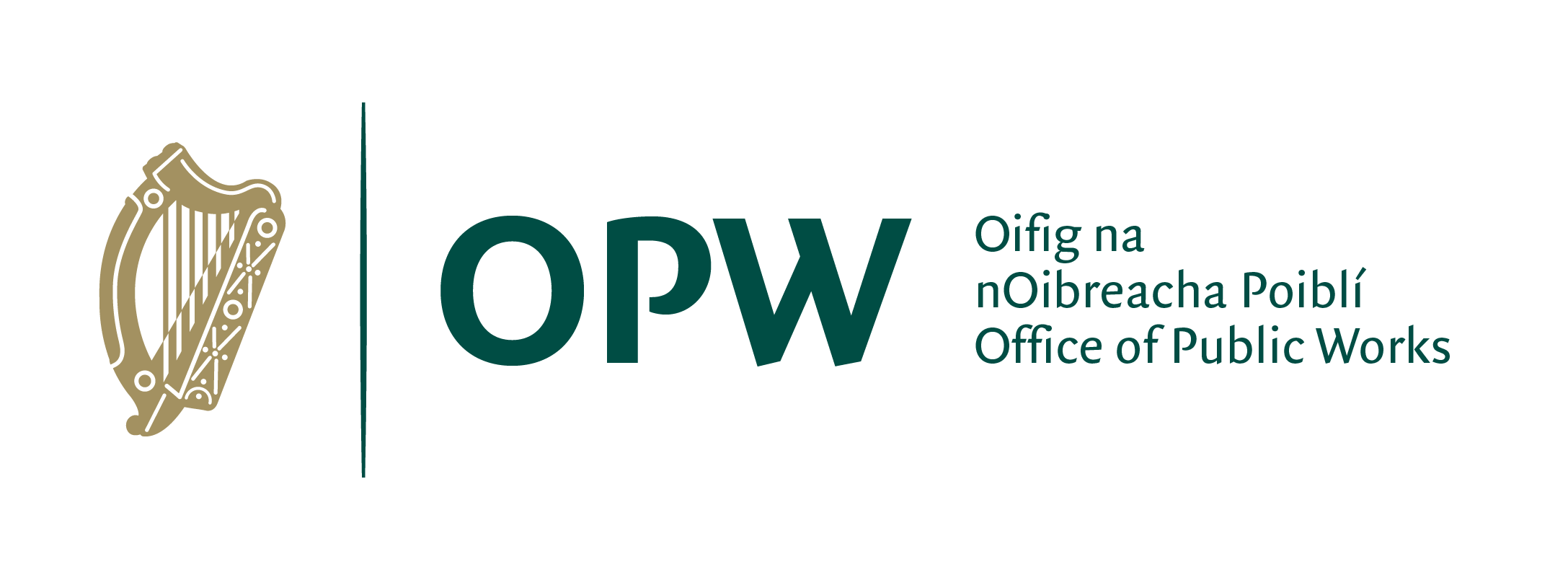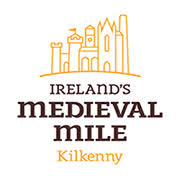The Theatre and the Dukes of Ormonde
Throughout his long and eventful life James Butler (1610 -1688), First Duke of Ormond showed a keen interest in the theatre. At a young age while in London, his biographer Thomas Carte (1686 – 1754) recalled that his family were in despair that the impetuous nobleman would abscond and join a theatrical group of strolling players neglecting his duties as de facto head of the Butler household.
After the Restoration in 1660, rules began to be relaxed and the theatre in England and Ireland began to recover after the harsh regime of the Cromwellian era. The Duke of Ormond was chancellor of Oxford University from 1669 until his death. He was instrumental in the construction of the new Sheldonian Theatre. In 1737 in the niches of the south front of the theatre, two white marble statues of Gilbert Sheldon, Archbishop of Canterbury and Ormond were added at the cost of £233 & 7’s, during renovations. The theatre was used for lectures, music and university ceremonies. Theatrical plays were not performed within the theatre until 2015, with the first performance of The Crucible by Arthur Miller.
In 1677 the Smock Alley Players (originally the Orange Street Theatre or Smoke Alley, the name was gentrified!) from Dublin were allowed to perform outdoors most likely in the fields in front of the Sheldonian Theatre. The company were able to capitalise on Ormond’s position as Lord Chancellor of Oxford as a means of entry to be host performances. It is also possible that by being generous in hosting a theatrical group would have reflected on Ormond’s own status favourably as patron of the arts. The Smock Alley Players became the first Irish stage actors to perform outside of Ireland.
“They were building up their stock of scenery. Surviving Smock Alley promptbooks show that by the mid-1670’s the theatre had standard sets for ‘Court’, ‘Towne’, ‘Grove’ and ‘Castle’ to which could be added a rear shutter of ‘Ye Shippes’. These basic scenic properties, along with other interior scenes, allowed the players to stage Hamlet, King Lear, Twelfth Night… and The Tempest.” (A History of Irish Theatre by Christopher Morash, Cambridge University Press, 2002).
The theatrical gene was to continue with Ormond’s grandson James Butler (1666 – 1745), Second Duke of Ormonde. To celebrate his return to his family seat at Kilkenny the Duke was to invite, favoured guests, extended family and fellow nobles to be entertained at his residence at Kilkenny Castle.
“In the later part of 1698 when the population of Kilkenny was 7000, the Duke of Ormonde issued an invitation to the Smock Alley troupe from Dublin to perform in his Kilkenny demesne, starting what may have been the first summer tour of the provinces by an Irish theatre group”. (The Early Irish Stage by William S. Clark, Praeger, 1973).
The performances in his ‘Kilkenny demesne’ would refer to the grounds of the Duke’s properties, most likely the grounds of what is now Kilkenny Castle Park. It would be very tempting to imagine that they were still performing the works of Shakespeare and possibly The Tempest…
Peter Kenny, August 2022.



